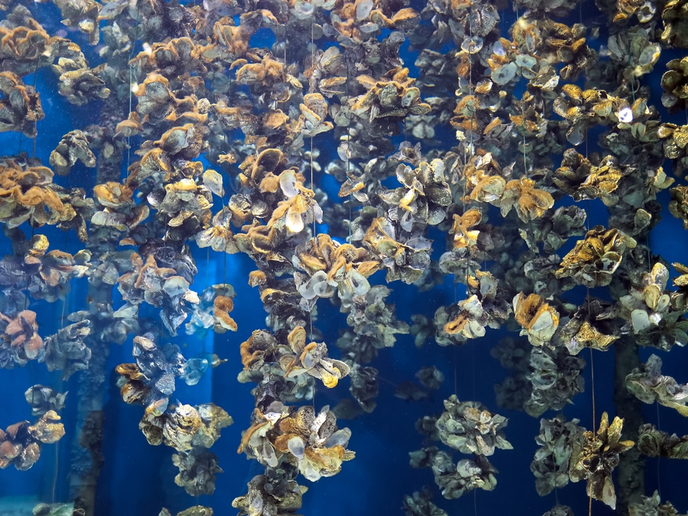Learning more about fish weirs
The 'Chronology, culture & archaeology - tree-ring analysis and fine resolution sequencing' (CCA)(opens in new window) project sought to advance knowledge on the construction and chronology of wooden objects found within archaeological contexts. To this end, the research team employed tree-ring analysis, dendrochronology and dendro provenancing techniques. A key part of CCA's work involved collecting and analysing new field data from a complex of medieval fishing structures in Ireland's inter-tidal zone of the Fergus estuary. Some 25 fishing structures on the Fergus estuary close to a prominent feature known as Boarland Rock have been broadly dated to between 1250 and 1450 AD. Studies in this area have determined that fish weirs at Boarland Rock used easily available younger wood for the posts making up the V-shaped fish entrapment structures. CCA analysed 550 samples from two of the largest weirs (BR1 and BR2), enabling the identification of distinct phases in the material. A comparison of plots of the tree-ring curves, for each short tree-ring series, endeavoured to answer questions related to felling and building phases. Study results suggest often rebuilding of the structures, even annually. Beyond the need for frequent maintenance due to twice-daily forces of flowing tides, CCA was able to determine that a structure was probably in use for no more than a 10-year period. Project findings help explain why so many structures are found along a particular 800-m river channel stretch. Also, the tree-ring studies indicate fishing activities here were not at industrial scale, pointing to a very sustainable use of the river resource. Building on the work of CCA, further research may offer more detailed information on the past dynamics of the river system and more precise dating. On the whole, project work offered a better understanding about the exploitation of the river resource and the use of the woodland. CCA outcomes can be used to refine the chronology of this archaeological site, and are important for assessing the effects of river channel migration. In addition, they have implications for heritage planning, survey strategies and policies related to preservation.







